LinkedIn isn’t a gimmick, it’s a weapon in your professional arsenal. If you’re not yet using it, it’s time to start!
LinkedIn offers users the opportunity to showcase themselves to potential employers, business leads, peers, and social connectors. It can be an incredibly valuable platform to be on, if you make effective use of it. I used to work in recruitment and can say, unequivocally, that recruiters use LinkedIn to fill junior, mid, senior and executive roles. The platform is structured for users to be searchable, which means that if your profile isn’t search optimised, you’re losing out on being found. And being found could bring all kinds of exciting opportunities your way.
Whether you’re on the market for a shiny new job, or you’re an entrepreneur offering a unique service, optimising your LinkedIn profile is a killer move.
First off, make sure that you’re profile is active. This goes beyond keeping your profile up to date, and extends to other activities including liking and commenting, and posting interesting articles and notes related to your industry. As with any other social media best practice, consistency is key. Make a posting schedule if necessary, and ensure that your posts are targeted towards the audience that you wish to attract; whether it be a potential employer, or client for your growing business.
Then, your headline is more important than you think. It is the first parameter that recruiters use to search for talent. Keep in mind that the headline automatically defaults to your current job title if you do not specify otherwise. The job title you have at your current place of employment may not be commonly used in the market. You want to use terms that are widely understood. You also want to use multiple terms when possible. For example, if you are a Social Media Manager, you can also list yourself as “Social Media Manager, Digital Marketing Specialist”. Or, you might want to take the approach of listing words that relate to your profession, for example: “Learning practitioner, facilitator, educator”. Expanding your headline in this way means that you are more likely to show up in a diversity of searches.
Continue the trend of using industry keywords wherever you can in your profile; populate your job description fully, but don’t list your duties, rather summarise your role with terms that offer a high-level overview of your capabilities. Use terms that could be applicable for the position that you want, or the kind of work that you’re trying to secure as an entrepreneur. When people search for you, they’ll be able to see what you’re currently working on, as well as what you’re able to achieve.
Don’t skimp on skills! It might feel redundant to list skills that sound similar, but when people are searching for their next top manager on LinkedIn, they’ll do so by matching the job profile’s skills with yours. If you aren’t sure what skills to list, have a look at job adverts that are aligned to your current and previous roles and see what skills they have listed. Use those ads as a bit of inspo, and start cataloguing your skills for all to see. It’s always useful to have endorsements, but make sure that whoever you’re asking to write those skills endorsements will do the job justice. Offer them an endorsement guideline if necessary, where they explain your skills, the value that you can offer to a project or organisation, and, if possible, they give an explicit example of where you really earned a standing ovation.
When you’re writing your summary, focus on the personality traits that set you apart from others. People interested in your profile want to see more than your skills and experience, they also want to know who you are. Keep it professional, but add a little of your own flavour to differentiate yourself from someone who might have a similar professional profile.
Lastly, connect with connectors. You want to be strategic in your choices of who you connect with on the platform. Unlike other social media platforms, it is totally appropriate to connect with your colleagues, even your managers and subordinates on LinkedIn. But, in addition to the people that you work with, connect with industry leaders, people you admire, who could be potential mentors, and people who are well-networked with other people. Sending a personalised note with an invitation will set you apart from the rest, but, if you’re going to send a follow-up “thanks for connecting” message, you should do more than a generic one-liner. Thank them for the connect and send them a link to an interesting article, or event in their area – you want to establish your value to them from the get-go.
Log in to the platform daily. Engage, update, and connect. LinkedIn is only as valuable as you make it, so go on, make it so!
Enter your email to receive updates about events and workshops in your chapter.

